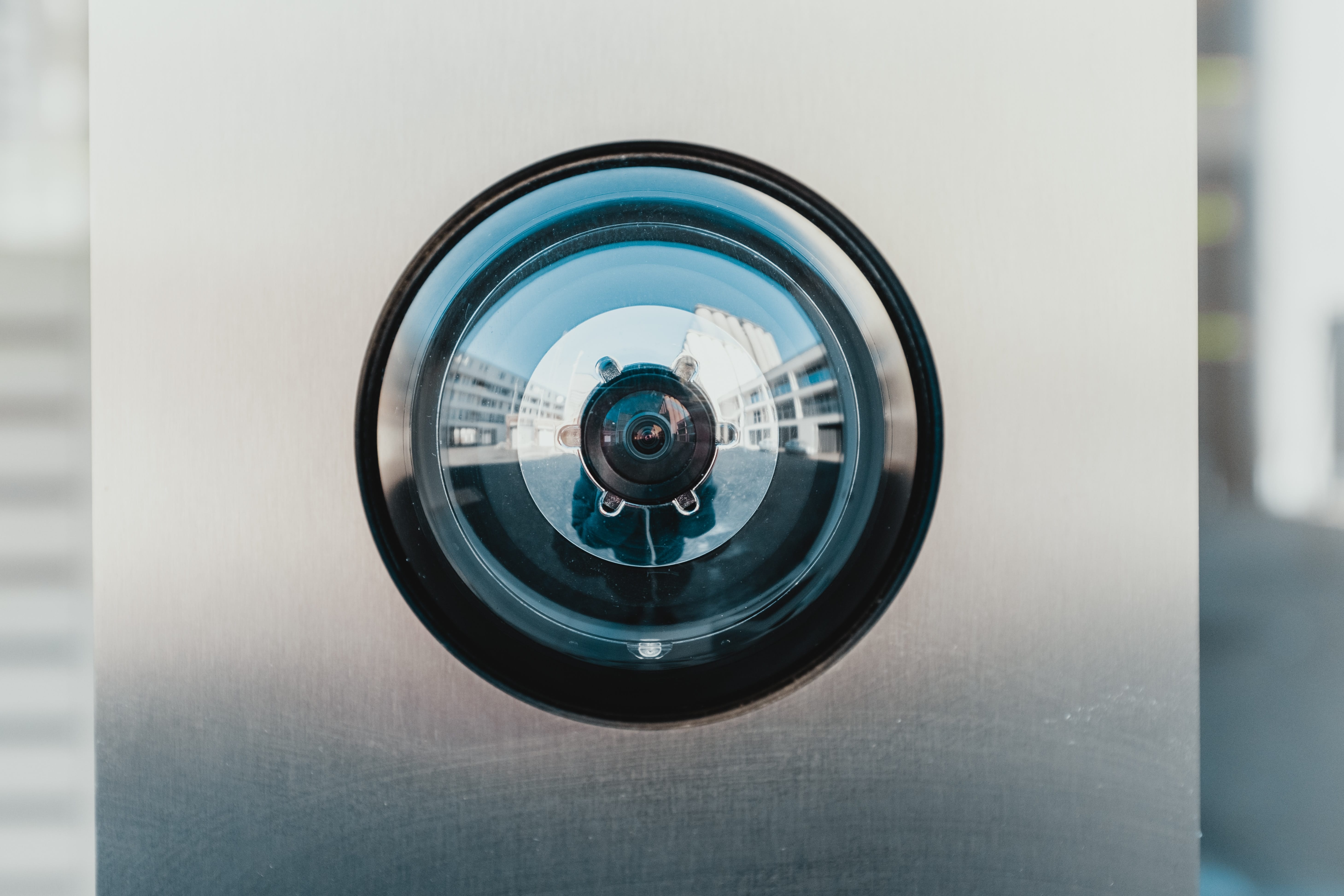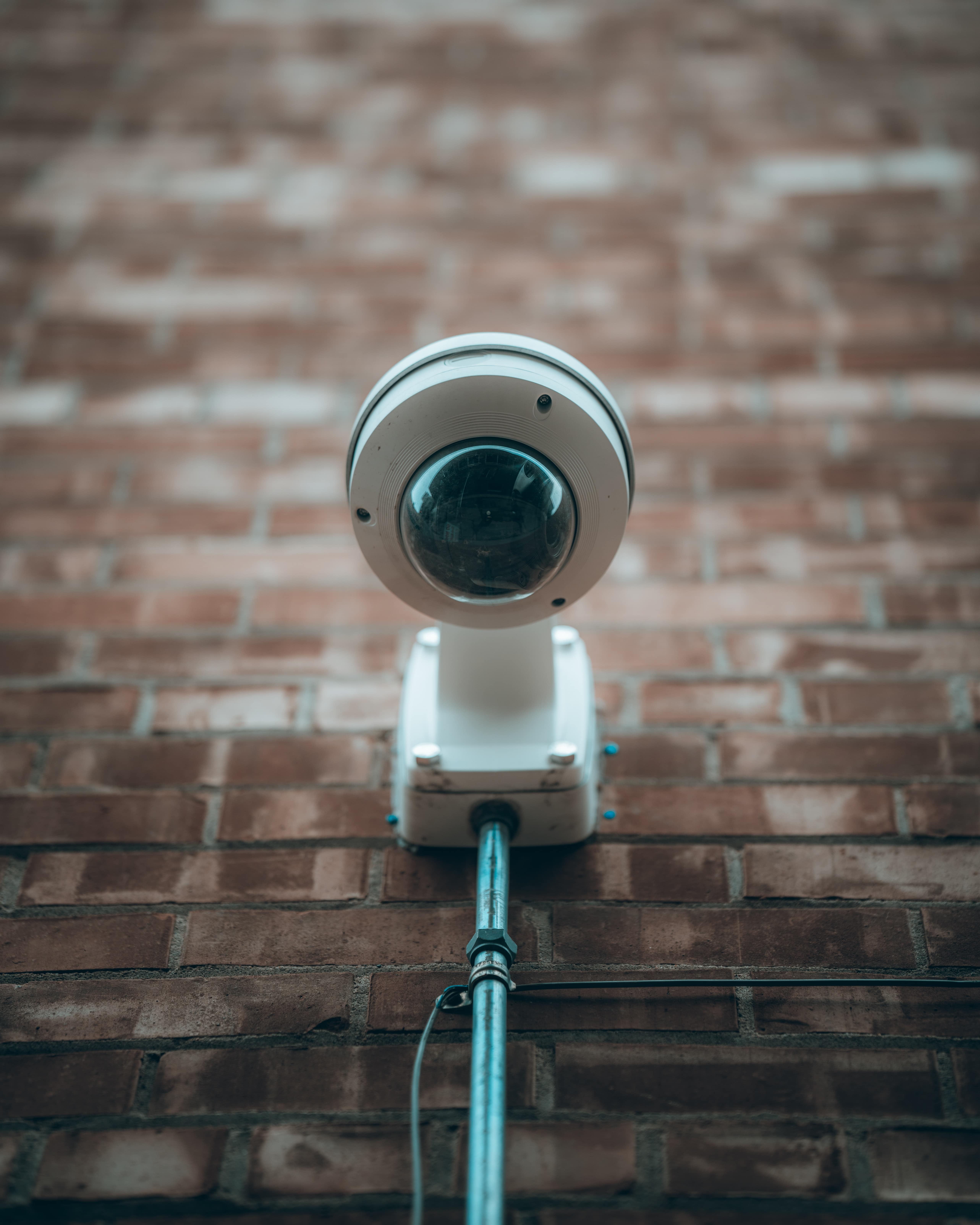CCTV Systems
Comprehensive Guide to CCTV Systems:
Types and Benefits

Analog CCTV Systems:
Analog CCTV systems were the first generation of surveillance systems. They consist of cameras that capture and transmit video footage via coaxial cables to a recording device, typically a digital video recorder (DVR). The benefits of analogue CCTV systems include affordability, ease of installation, and compatibility with existing infrastructure. However, they offer limited video resolution and lack advanced features like remote access and intelligent analytics.
IP-Based CCTV Systems:
Internet Protocol (IP)-based CCTV systems have gained popularity due to their enhanced features and flexibility. IP cameras capture high-resolution video footage and transmit it over computer networks, allowing for remote access and centralized management. These systems offer improved image quality, scalability, and advanced functionalities such as motion detection, facial recognition, and object tracking. Additionally, they can be integrated with other security systems, such as access control and alarm systems.
Wireless CCTV Systems:
Wireless CCTV systems eliminate the need for physical cabling, providing flexibility in camera placement and reducing installation costs. These systems utilize wireless technology, such as Wi-Fi or cellular networks, to transmit video data to a central recording device. Wireless CCTV systems are ideal for locations where running cables is impractical, such as heritage buildings, temporary setups, or areas with limited infrastructure. However, they are susceptible to signal interference and may have limitations in terms of range and bandwidth.
Network Video Recorders (NVR):
NVRs are the modern counterpart to traditional DVRs. They are specifically designed to work with IP cameras and serve as the centralized recording and management unit in IP-based CCTV systems. NVRs offer advanced features like video analytics, remote access, and scalability. They can store large amounts of high-resolution footage and support integration with other security systems, making them a versatile choice for various surveillance applications.
Cloud-Based CCTV Systems:
Cloud-based CCTV systems have revolutionized video surveillance by leveraging the power of cloud computing and storage. Instead of local recording devices, these systems transmit video footage directly to remote servers hosted in the cloud. Cloud-based CCTV systems provide several advantages, including remote accessibility from anywhere with an internet connection, automatic backups, and easy scalability. They eliminate the need for on-site storage equipment and offer high reliability and redundancy.
Benefits of CCTV Systems:
Crime Prevention and Deterrence: CCTV systems act as a visible deterrent against criminal activities, reducing the likelihood of theft, vandalism, and trespassing. The presence of cameras creates a sense of surveillance and accountability.
Investigation and Evidence Collection:
CCTV footage serves as valuable evidence in criminal investigations, helping law enforcement agencies identify suspects and gather crucial information. It can be instrumental in resolving disputes and providing irrefutable proof in legal proceedings.

Monitoring and Emergency Response:
CCTV systems enable real-time monitoring of activities, allowing security personnel to respond promptly to emergencies, unauthorized access, or suspicious behaviour. This enhances public safety and minimizes response times in critical situations.
Employee and Customer Safety:
CCTV systems contribute to creating a secure environment for employees and customers. They help prevent workplace incidents, monitor employee behaviour, and address safety concerns promptly.
Operational Efficiency:
CCTV systems can be used to monitor workflow, identify bottlenecks, and improve operational efficiency. They provide insights into customer behaviour, queue management, and employee productivity, leading to better decision-making and process optimization.
Remote Access and Mobile Monitoring:
IP-based and cloud-based CCTV systems offer the convenience of remote access, enabling users to monitor surveillance feeds from their smartphones or computers. This feature is particularly beneficial for businesses with multiple locations or homeowners who want to keep an eye on their property while away.
Privacy Considerations:
While CCTV systems offer numerous benefits, addressing privacy concerns associated with their deployment is crucial. Proper implementation and adherence to privacy regulations are essential to ensure that the rights and privacy of individuals are protected. Some best practices include:
Placement and Coverage:
Cameras should be strategically placed to capture necessary areas while minimizing intrusion into private spaces. It is important to avoid monitoring areas where individuals have a reasonable expectation of privacy, such as restrooms or changing rooms.
Notice and Consent:
Informing individuals about the presence of CCTV cameras through visible signage is important to maintain transparency. In certain jurisdictions, obtaining consent may be necessary, especially in areas where individuals may have a higher expectation of privacy, such as private residences or healthcare facilities.
Data Protection:
Proper security measures should be implemented to protect the recorded video footage from unauthorized access. This includes encryption, access controls, and secure storage. Compliance with data protection regulations, such as the General Data Protection Regulation (GDPR) in the European Union, is essential when handling personally identifiable information.
Retention and Deletion:
CCTV footage should only be retained for a specific period necessary for its intended purpose. Clear policies should be established regarding the retention and deletion of data to ensure compliance with data protection regulations.

Access Controls and Monitoring:
Access to CCTV systems and recorded footage should be restricted to authorized personnel. Regular monitoring should be conducted to detect any misuse or unauthorized access to the system.
Ethical Use:
CCTV systems should be used solely for their intended purpose, such as security and safety. It is important to refrain from using surveillance systems for purposes unrelated to their primary function, such as monitoring employees excessively or engaging in discriminatory practices.
Integration with Advanced Technologies:
CCTV systems are increasingly being integrated with advanced technologies to enhance their functionality and effectiveness. Some notable integrations include:
Artificial Intelligence (AI) and Video Analytics:
AI-powered video analytics enable advanced features such as facial recognition, object detection and tracking, people counting, and abnormal behaviour detection. These capabilities automate monitoring processes and provide actionable insights for security personnel.
Integration with Access Control Systems:
By integrating CCTV systems with access control systems, organizations can strengthen their security measures. This integration allows for visual verification of individuals accessing restricted areas and helps identify any potential security breaches.
Alarm Systems Integration:
Integrating CCTV systems with alarm systems enables proactive security measures. For example, when an alarm is triggered, the CCTV system can automatically direct cameras to a specific area, providing live video feeds to security personnel for immediate assessment.
Integration with Mobile Devices:
Mobile applications and platforms enable users to access live video feeds, receive real-time alerts, and manage CCTV systems remotely. This integration enhances convenience and allows for quick response to security events, even while on the go.
CCTV systems have evolved significantly over the years, offering a wide range of options to suit diverse security requirements. From analogue systems to IP-based, wireless, NVRs, and cloud-based solutions, each type has its advantages and considerations. The benefits of CCTV systems extend beyond mere surveillance, providing valuable tools for crime prevention, evidence collection, emergency response, and operational efficiency. By leveraging the capabilities of CCTV technology, individuals and organizations can create safer and more secure environments in an increasingly complex world. Contact Us if you are interested in securing your home or business with our fast and reliable.









